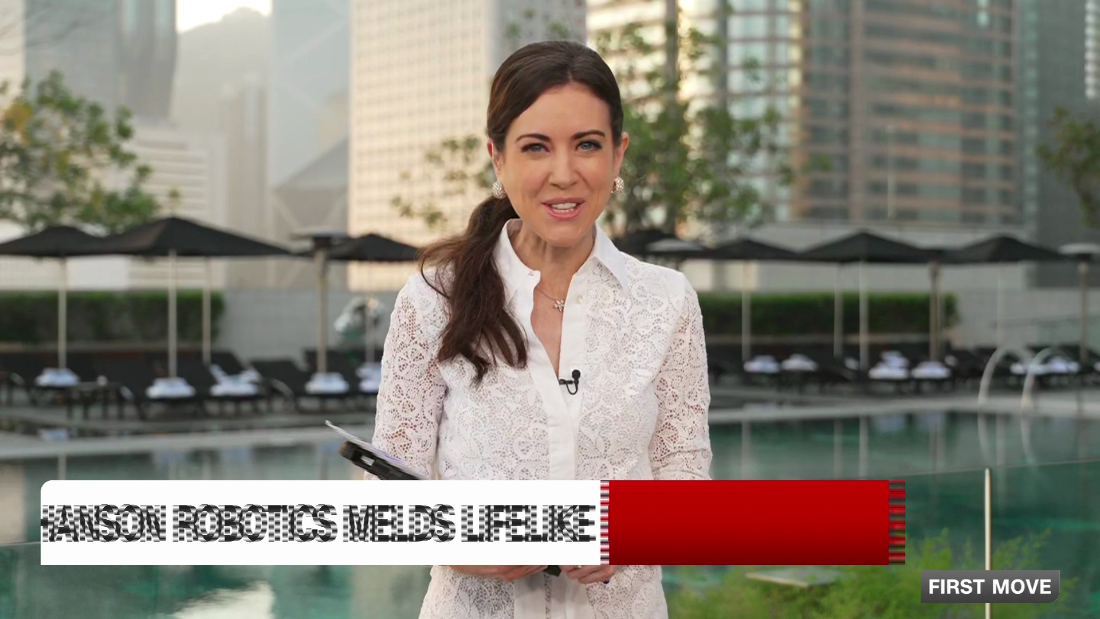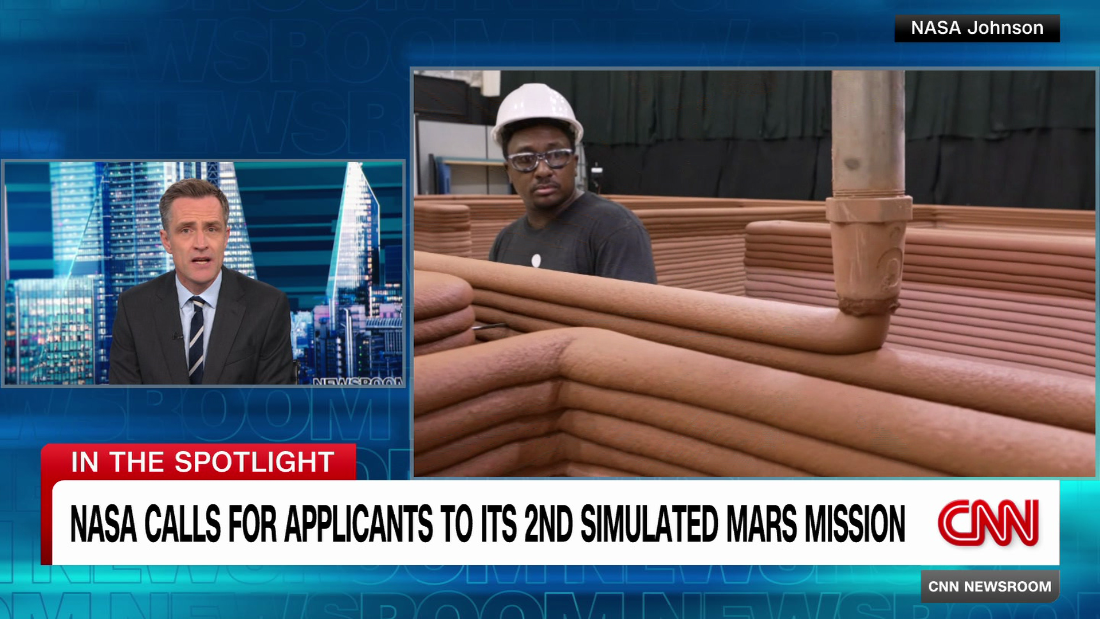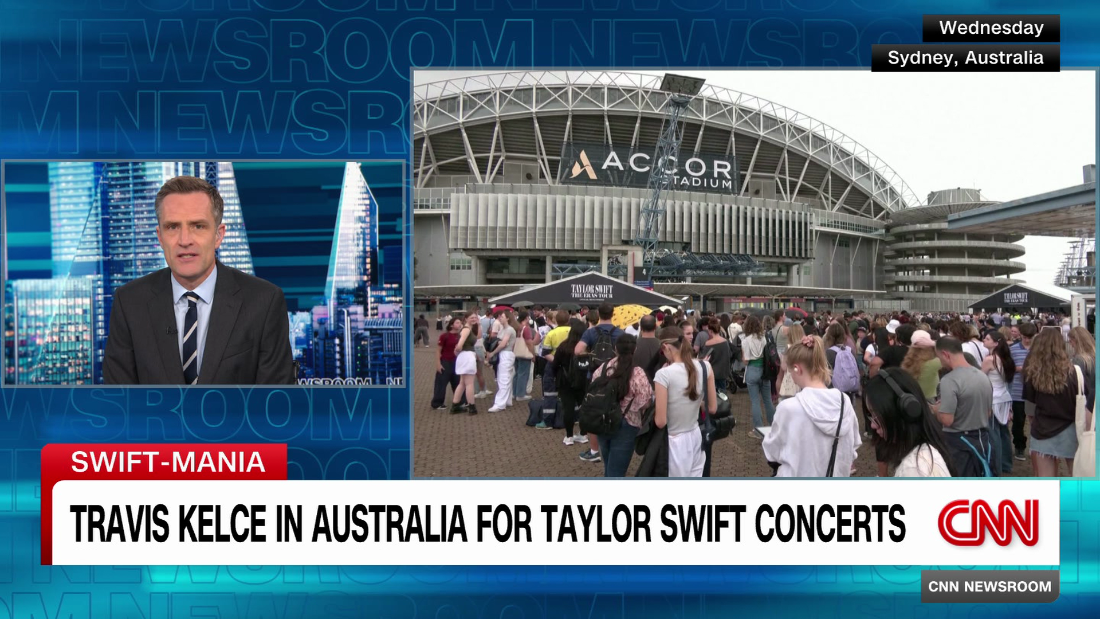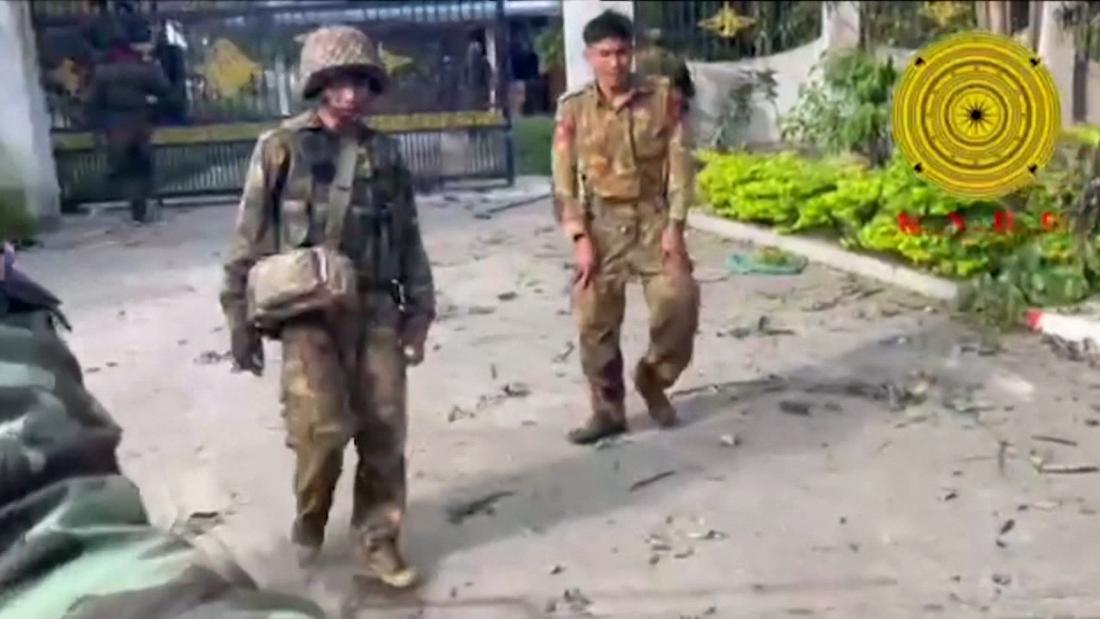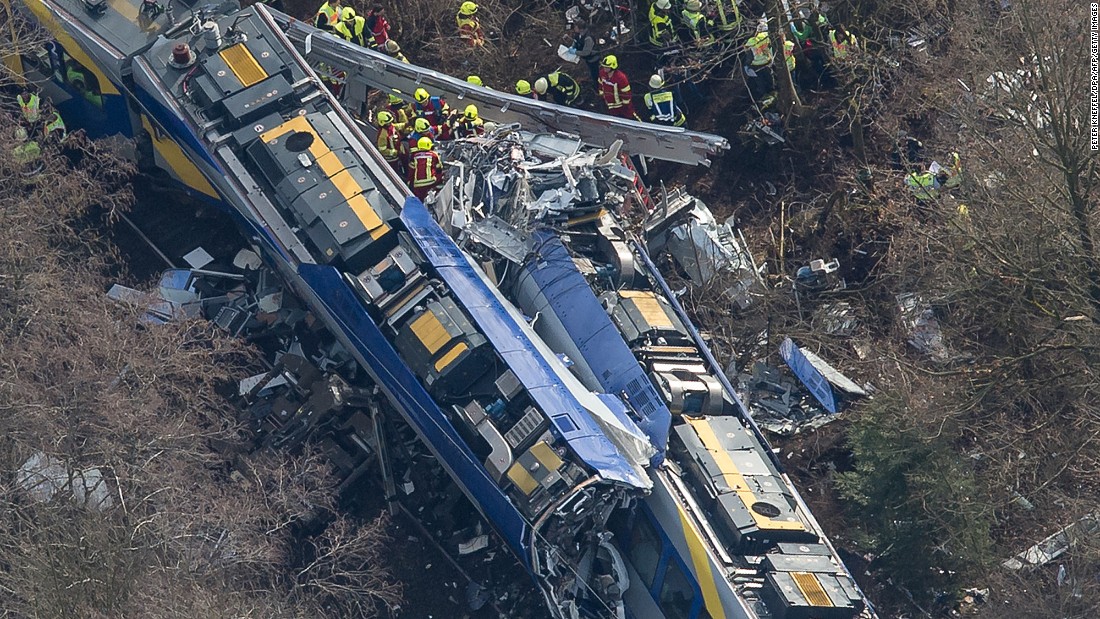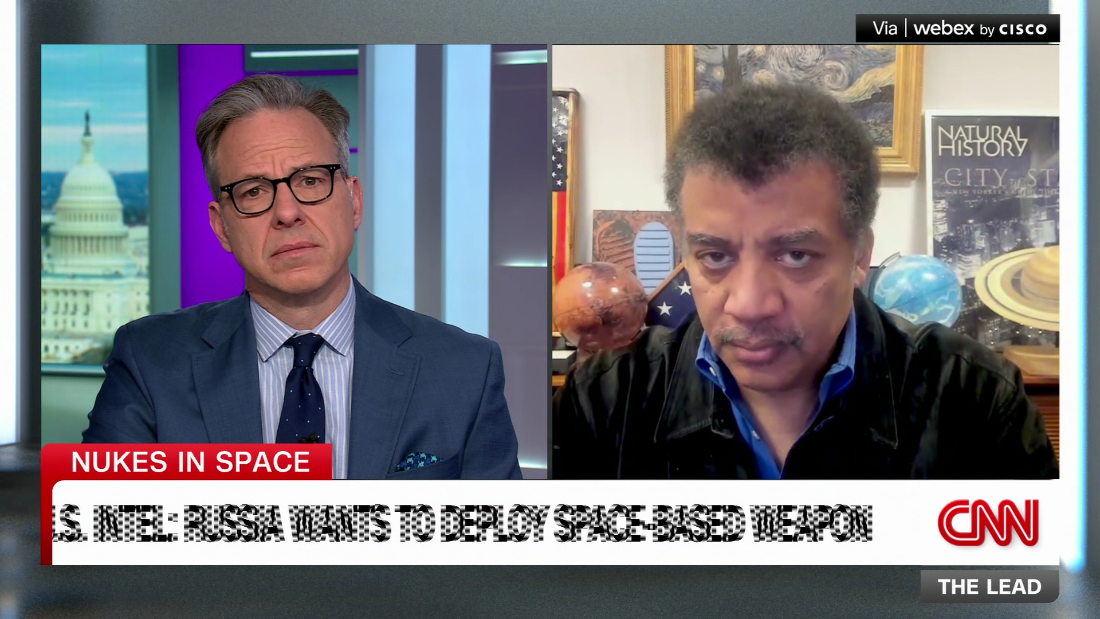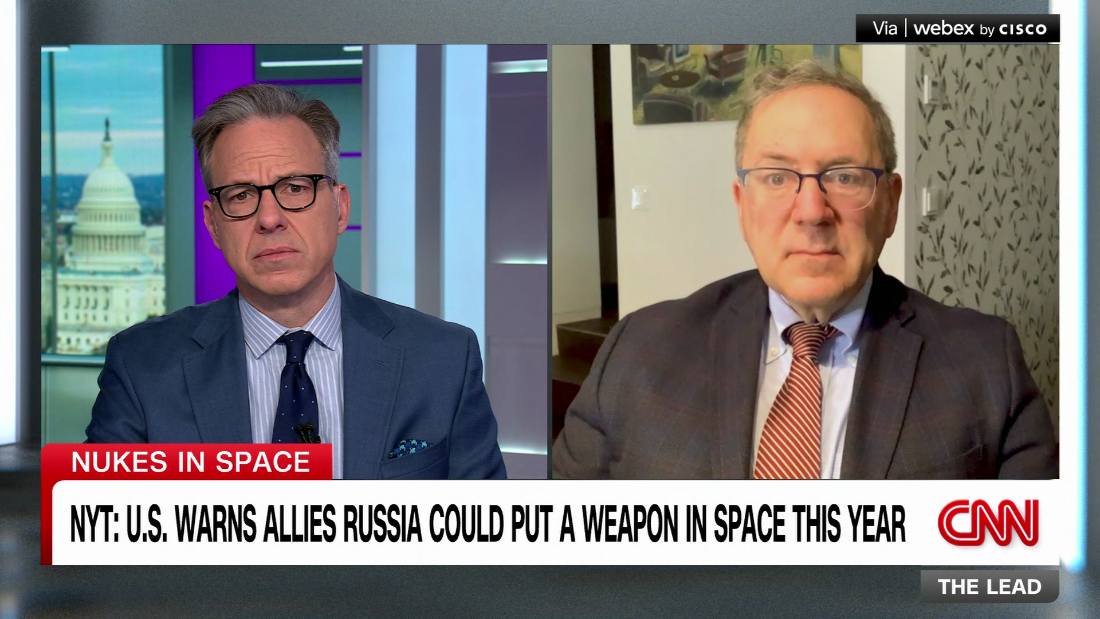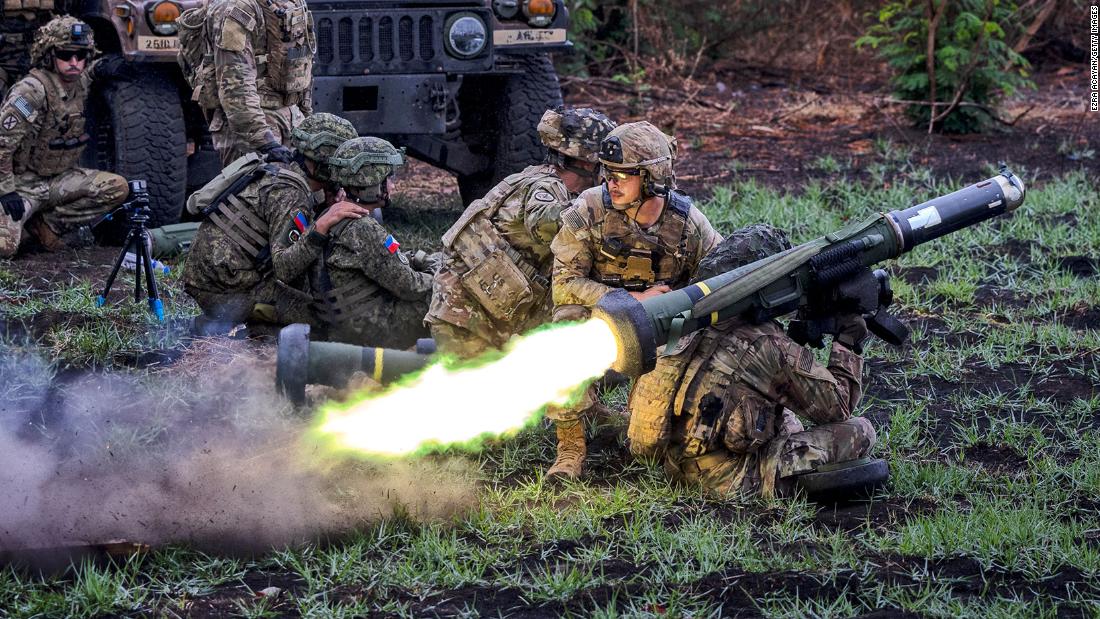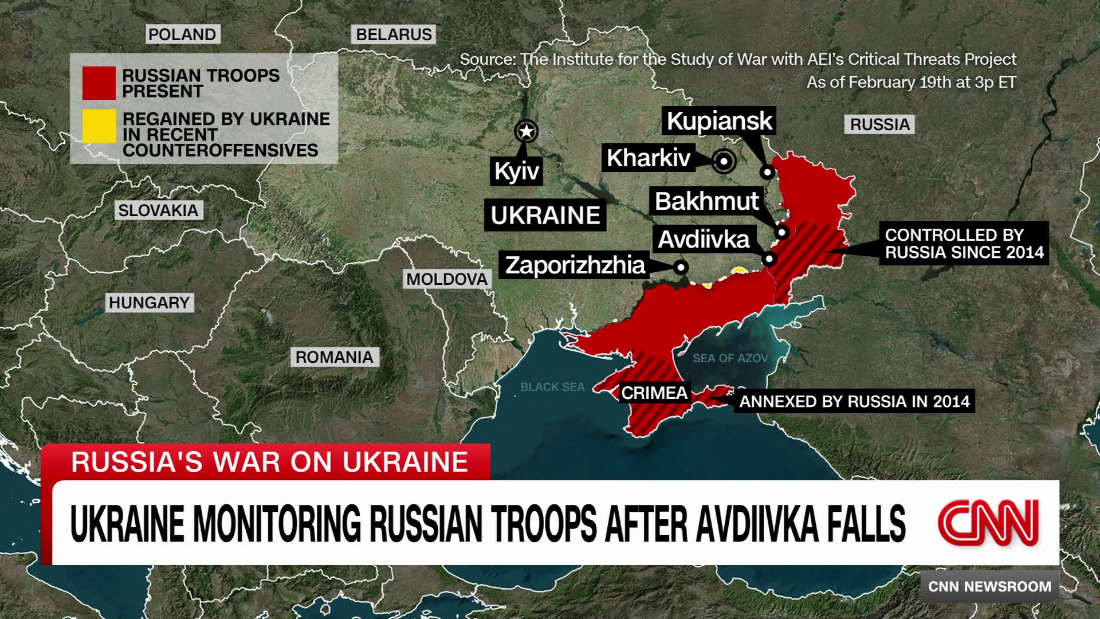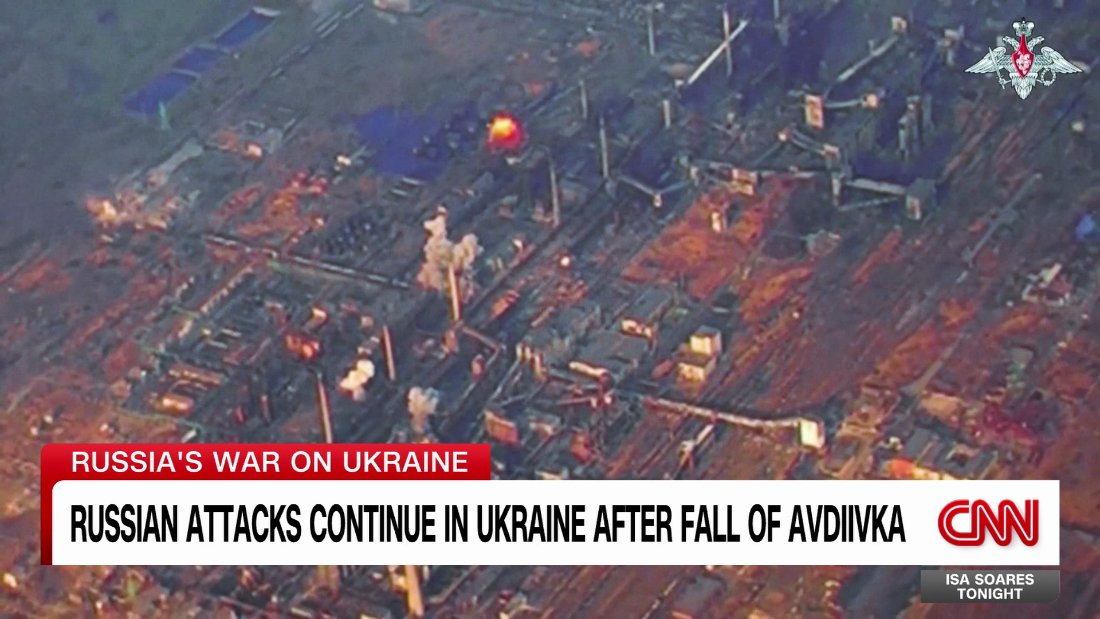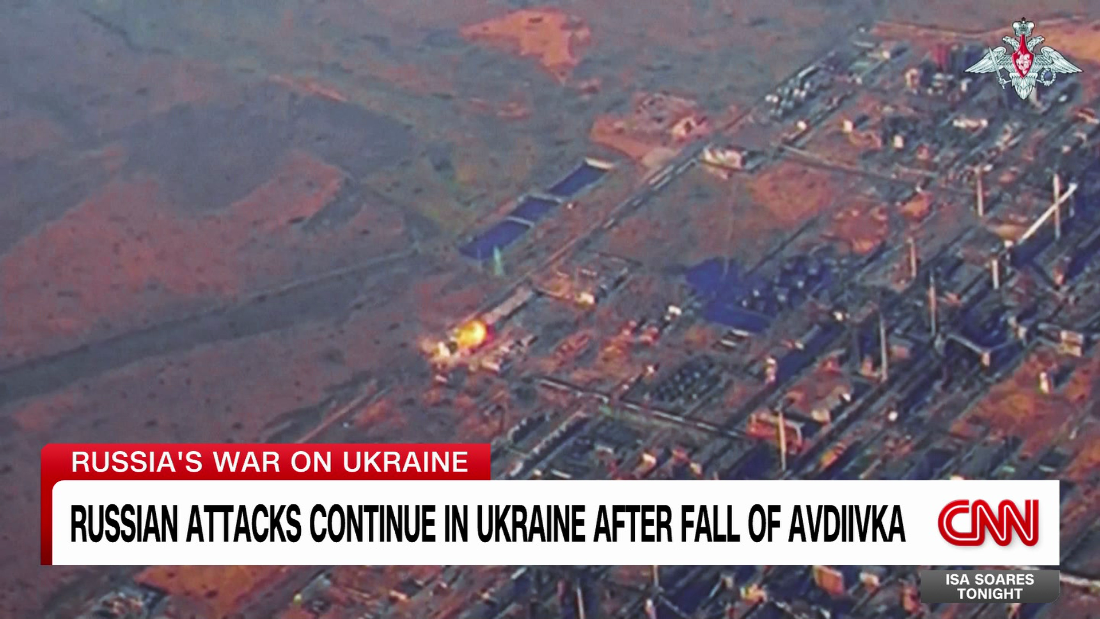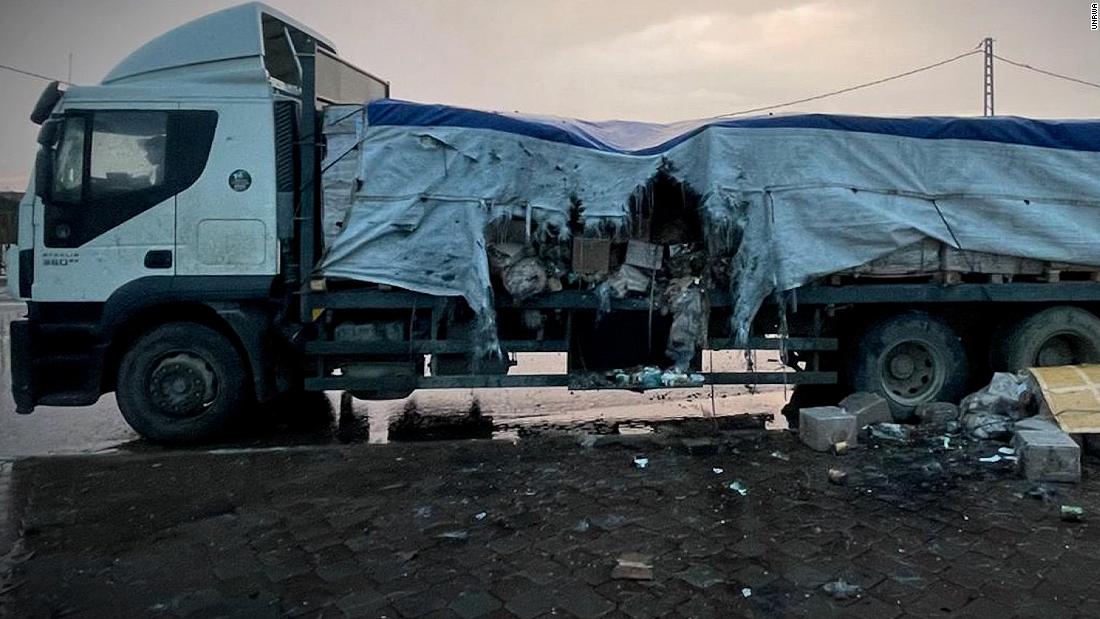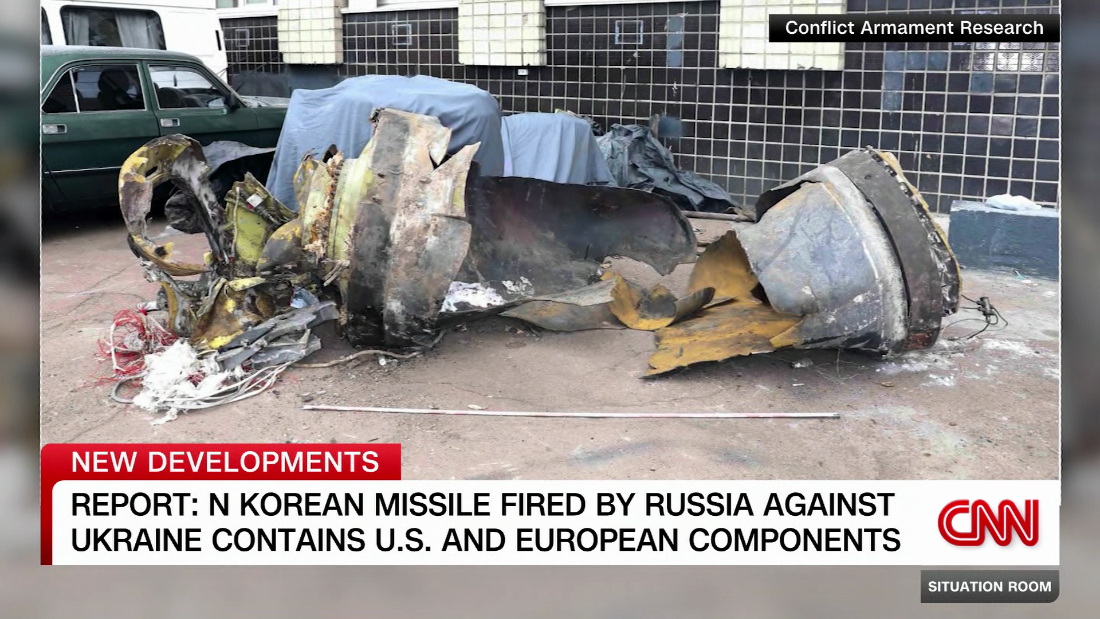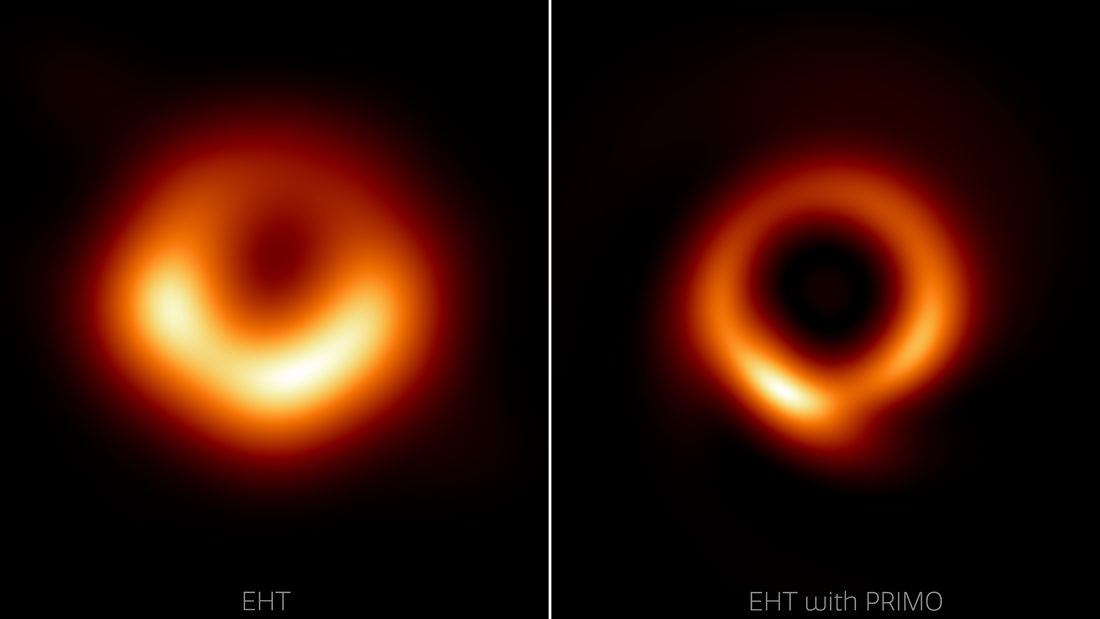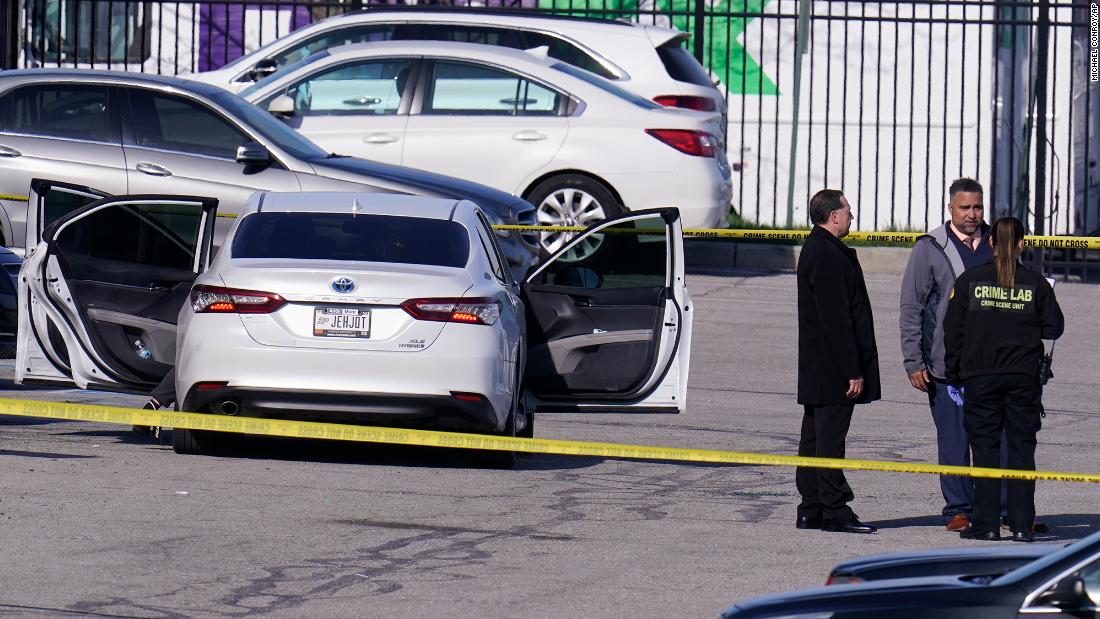A NEW-age weapon system that costs just pennies per kill is set to disrupt and change drone warfare as we know it.
As rogue nations like Russia continue to pose a threat with cheap but effective attack drones, experts tout advanced laser technology as the future of warfare.
An illustration showing attack drones being downed by laser weaponsThe Sun
Laser systems can down drones effectivelyThe Sun
The war between Russia and Ukraine showed how incredible drones can be in the era of modern warfare.
Drones have enabled a strategy of attrition, where enemies can launch swarms of inexpensive unmanned aerial vehicles (UAVs) to overwhelm multi-million dollar air defence systems.
They are small, high-speed flying weapons which can easily escape enemy radar systems and wreak havoc in modern warfare.
These killer machines are extremely cheap – sometimes just under $500 a piece – which makes them more dangerous as they can be launched in multiple waves while still being economical.
However, the cost to intercept and destroy such high-manoeuvrable targets can be extremely high, sometimes costing up to millions for a shot.
This is where sophisticated laser weapons come into play.
A high-energy laser weapon is an integrated system that converts electrical power into a destructive beam of focused light.
The idea is to create an air-defence system that can detect, track and take down rogue drones – without having to scramble fighter jets and use million-dollar missiles as the first response.
Experts told The Sun how lasers could redefine drone warfare – spelling the end of the drone era.
James Black, Deputy Director at a leading defence think tank RAND Europe, said: “It sounds very science fiction, but it is actually something that a lot of countries around the world and their militaries are investing heavily in.
“We’ve used lasers in one form or another for a long time in the military.
“But what is new is that we’re using them as an actual form of attack.”
Dr Iain Boyd, Director of the Centre for National Security Initiatives, said laser weapons are like guns with “infinite magazines”.
He said: “The main advantage is this idea of an infinite magazine, right?
“So if you use traditional kinetic weapons, like bullets, you’ve got a finite number that you can fire. And once you’re out of ammunition, you’re done.
“But with lasers, the idea is as long as you have them plugged into an electrical source, you know, you can keep on firing.
“The idea certainly is that it gives you more bullets compared to traditional weapons.”
The concept of “deep magazine depth” means the system is almost impossible to overwhelm with sheer numbers, providing continuous defence against multiple waves of attack.
MODBritain’s DragonFire laser[/caption]
British military’s DragonFire laser shooting down mock targets during tests in the Hebrides
Dr Boid explained that these laser systems are essentially powerful beams of light which, when concentrated on an object, can disrupt its function, or even cut through it if the temperature is high enough.
The energy heats the target‘s surface material to its melting or vaporisation point in seconds.
This can burn a hole directly through a wing, causing aerodynamic failure, or detonate the drone’s fuel or explosive payload.
And on a lower power setting, the laser can be aimed at the drone’s sensors.
The intense beam of light can overload and permanently destroy the sensitive optics of a camera or guidance system, blinding the drone and making it useless without having to destroy it.
He said: “This new class of lasers relies on electrical energy, which is fed into special materials that create photons, or simply light.
“Those photons are focused into a beam, which is then aimed at a particular target.”
Blinding attack
Mr Black added: “It can just be a sort of low-level blinding attack that can dazzle and blind that system and make it unable to find its target.
“Or it can be more destructive, effectively burning a hole through the wing of the drone.”
He argued that these laser beams work at the speed of light, which is what gives them a unique edge over conventional kinetic ammunition.
“The benefits of such a system are that it moves literally at the speed of light, so the kind of time for engagement is very quick,” he added.
Another major advantage of lasers is that it is extremely cost-effective when compared to traditional defence systems.
Today, multi-million dollar fighter jets and air-defence systems are used to shoot down less than £1,000 kamikaze drones, which is not sustainable.
But these lasers cost just a fraction of that price to operate, and can prove to be a better solution to bring down these rogue killer machines in an economical way.
Mr Black explained: “We need cheaper, more cheerful solutions for dealing with things that are available in mass like drones.
“With a laser that would cost a few pounds or even pence to fire.”
Many countries have come up with their own laser weapon technologies that can shoot drones out effectively.
Israel became the first country in the world to shoot down drones using a state-of-the-art laser system, it has been revealed.
A highly advanced model was operated to intercept Hezbollah drones along the Lebanese border in a huge breakthrough for the country’s air defence.
British laser gun “DragonFire” worth £140million blew up drones in landmark new tests for the space age anti-missile weapon.
The formidable prototype weapon dubbed “DragonFire” was fired at a remote range in Scotland’s outer Hebrides – with each shot costing just £10.
The laser’s invisible 50kW beam can hit targets the size of a £1 coin that is travelling at the speed of sound.
Sources said the laser – which boasts “pin point accuracy” – could revolutionise future wars as it needs no ammunition.
Drawbacks of lasers
While laser weapons offer groundbreaking advantages, they are not a perfect solution and come with significant operational drawbacks and limitations.
The experts also told The Sun bout the terrifying risks of the laser system which could make people go blind.
Mr Boyd explained: “One of the challenges in using laser weapon systems is collateral damage and what’s called de-confliction.
“If you fire a high-power energy laser beam into the sky it can go for 100 kilometres.
“So there’s the danger that you’re aiming at a drone and you miss it. Or you can be aiming at a drone, and the laser beam can reflect off of surfaces of the drone, or anything else.
“So where does that reflected light go?
“One of the main concerns is about blinding people or damaging people’s eyesight through, not a direct laser beam but reflected beam incidents.”
The expert also explained the tactical drawbacks of using lasers.
He said: “Laser beams can be diminished and altered and affected by a number of different environmental effects.
“If it’s raining, if it’s snowing, if there’s mist, if there’s fog, all of those things can degrade the effectiveness of a laser beam.”
Ukraine unveiled a laser weapon dubbed ‘Trident’ that blasts aerial threats at the speed of light Published: [#item_custom_pubDate]













